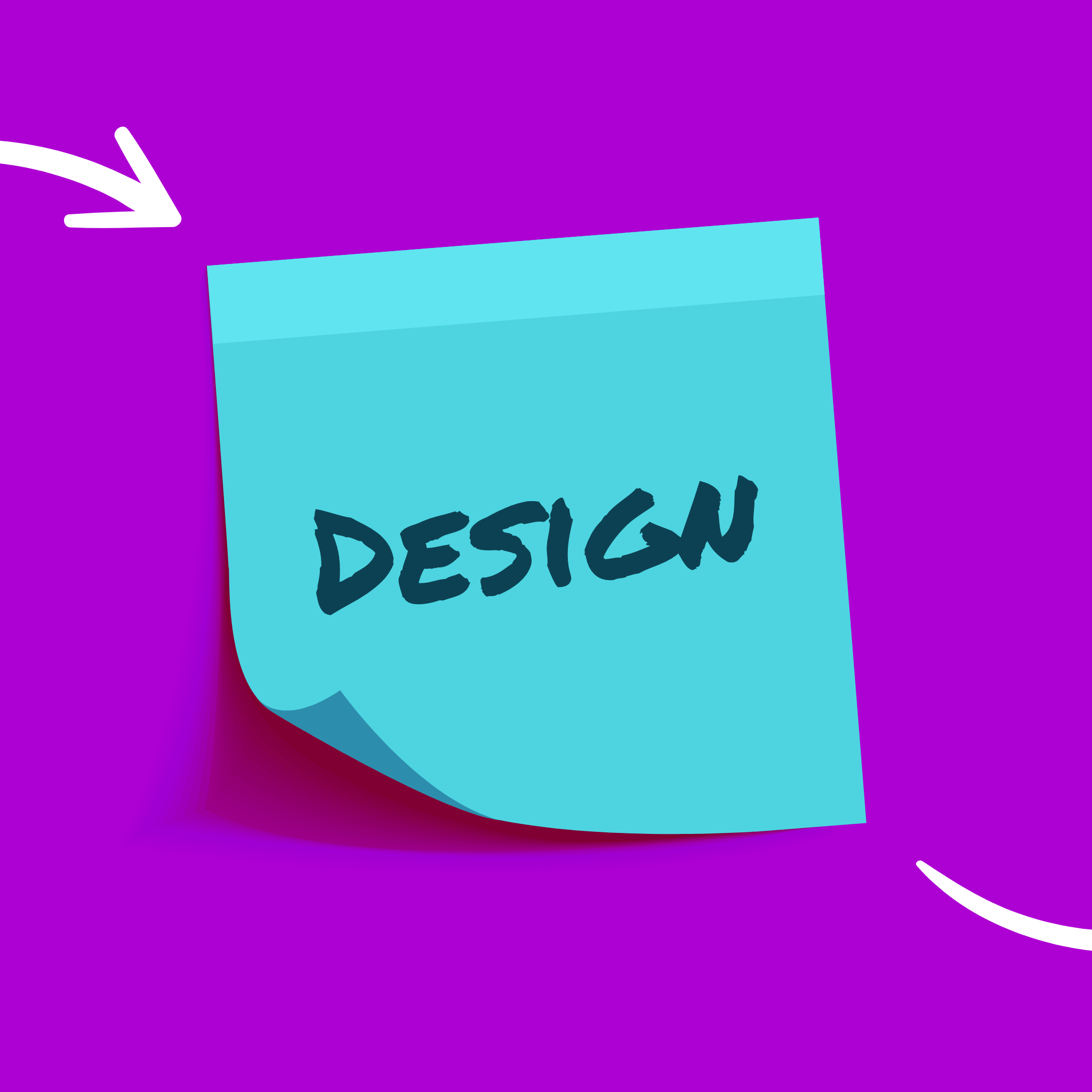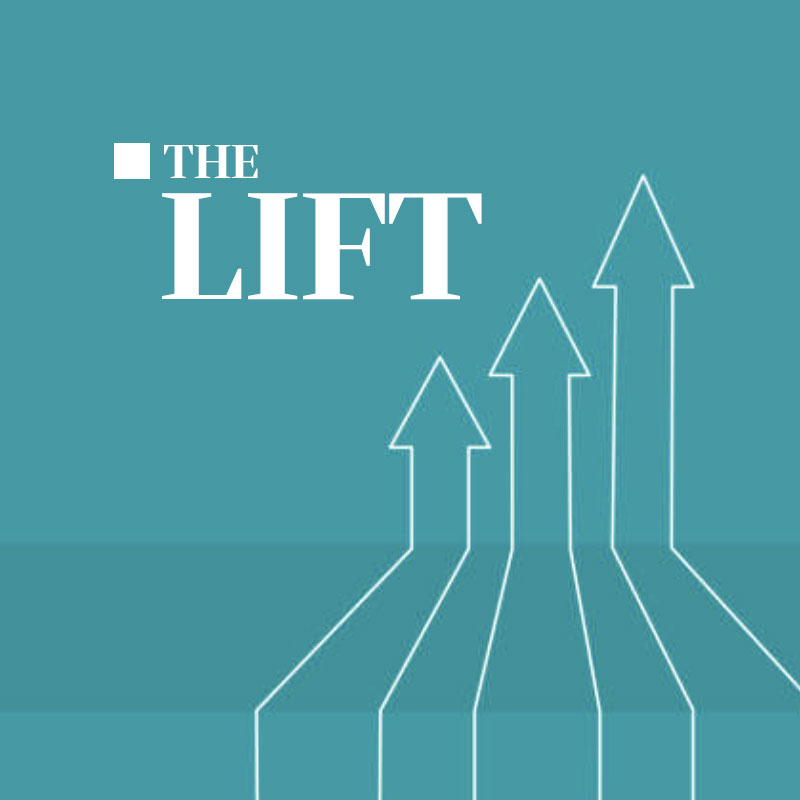Putting the ‘Why’ Before ‘How’ in Website Design + Development
Before I joined Culture Foundry as director of growth, I oversaw communications, marketing, and sales departments for commercial and nonprofit organizations located in Kentucky and Texas. One common responsibility in those jobs was website management, and given my background, I approach my current role as I originally approached Culture Foundry years ago, with the eyes, ears, and questions of a client.
Culture Foundry was the website design and development agency of record for two of my previous employers. Both organizations had e-commerce sites that amplified brands, delivered information, and drove revenue, so when we engaged Culture Foundry for ongoing design and development support, we weren’t starting from scratch.
As such, I had never experienced the process of beginning at square one on a website build. I had never needed a digital agency’s help to create an information architecture, navigation plan, and page layouts to support the way users needed to use our sites. Those decisions had already been made.
Why Pay to Plan?
Decisions about ways to constantly evolve those sites usually came down to money. Like most sales-mar-comm directors, I needed to stretch every web development dollar I could finagle out of Finance, and the thought of spending time or money to “plan before doing” meant stretching my limited budgets even further. So I was always asking Culture Foundry project managers the same question: “How quickly can we get to the ‘design and build’ phase?”
Here’s how I now answer that question for myself and for prospective clients. But first, an important anecdote.
Introduction to Wayfinding Workshops
I recently joined several of my colleagues in conducting a Wayfinding Workshop at the LBJ Presidential Library in Austin, Texas, with a group of executives, archivists, and information technology professionals representing the LBJ Library and its digital archives, the Clinton Digital Library, and the National Archives and Records Administration (NARA), a government agency that shares archival records with presidential libraries, among other entities.
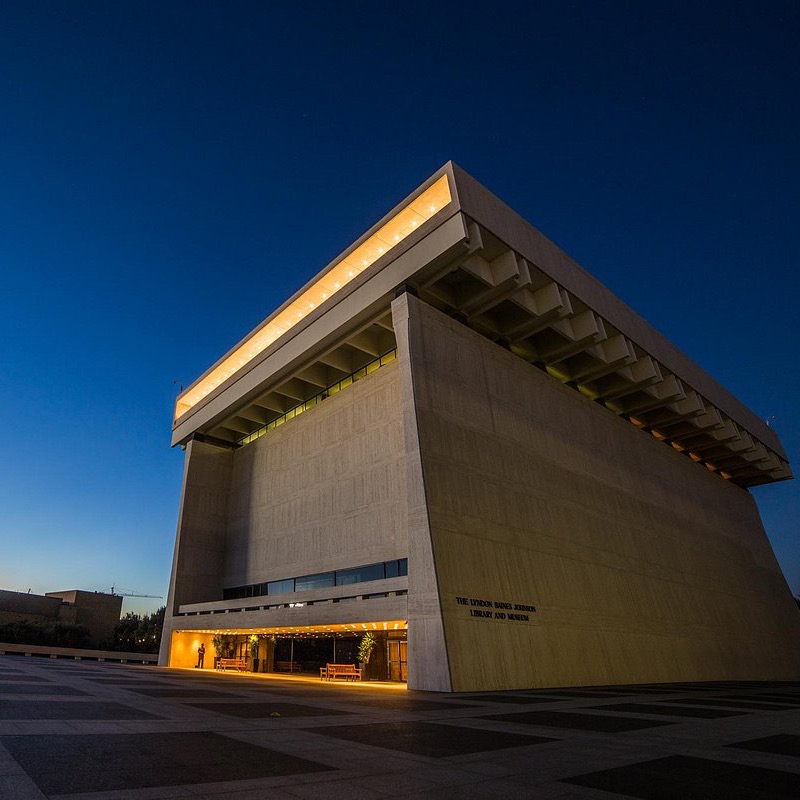
The LBJ Presidential Library in Austin, Texas
The LBJ and Clinton libraries are working to secure and expand the digital archives for America’s 36th and 42nd presidents, and both organizations are currently relying on a technical infrastructure, collection management system, and website search tools that are due for updates.
As context, both presidential libraries house millions of physical records, but only a tiny percentage of those hard-copy assets have been digitized and put online. Often, the impetus for scanning physical artifacts and uploading them to a digital archive is to fulfill requests from researchers, educators, journalists, history buffs, or other library archivists who need them for a specific project. These uploads can include individual records, a series of related records, or entire collections of series and records.
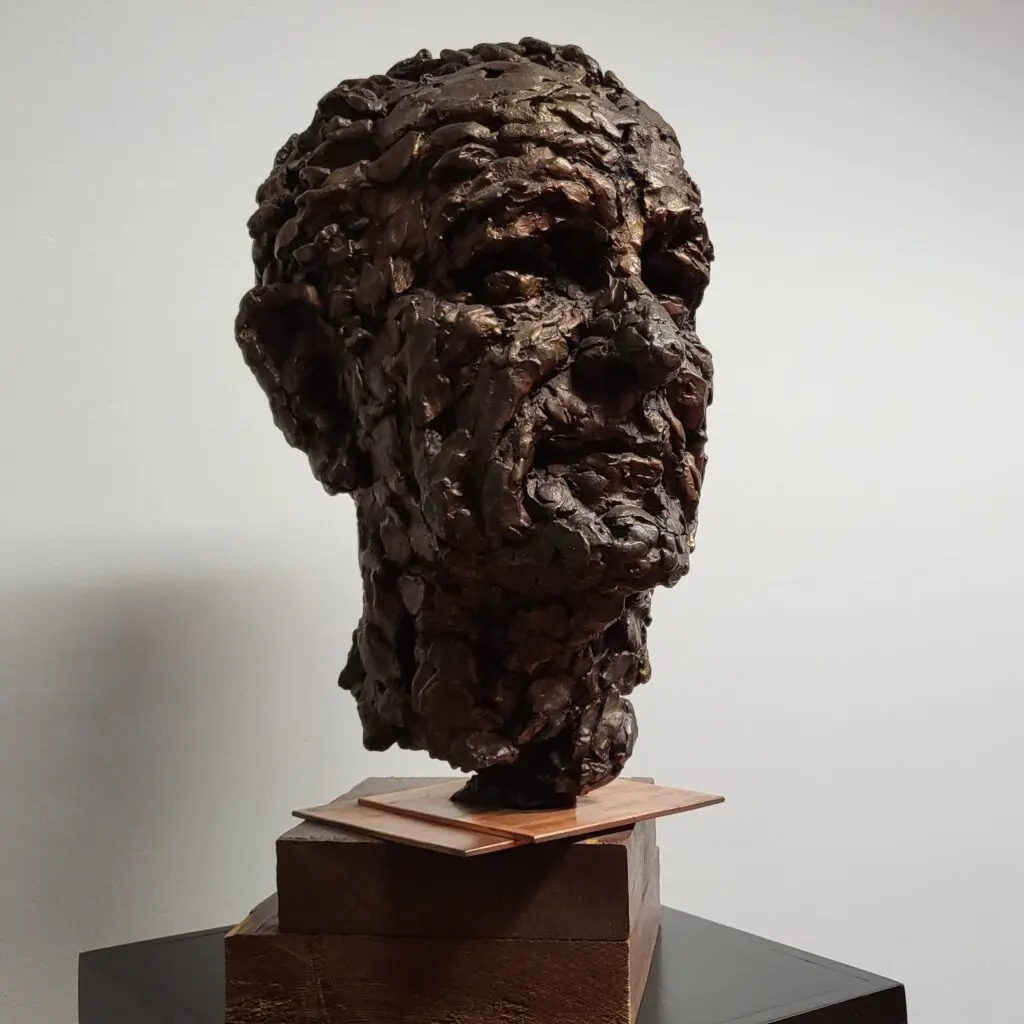
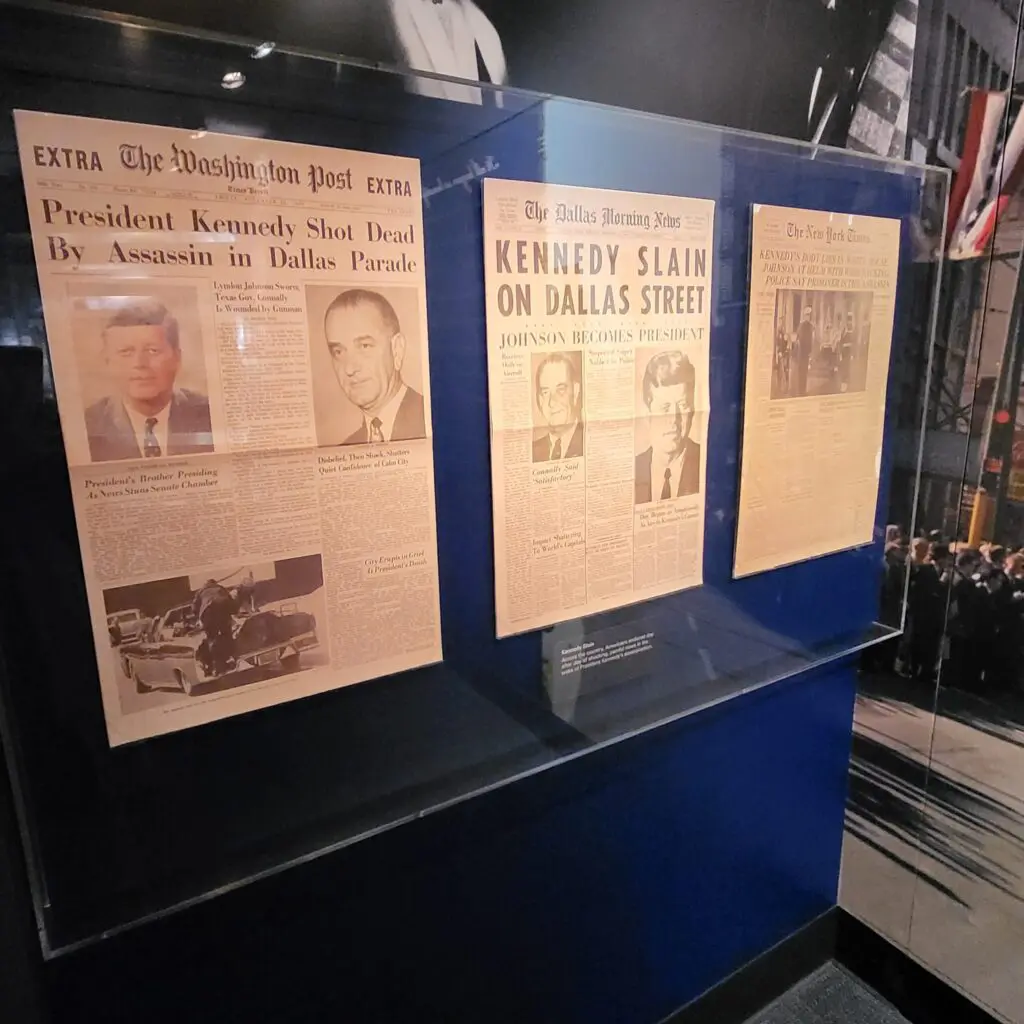
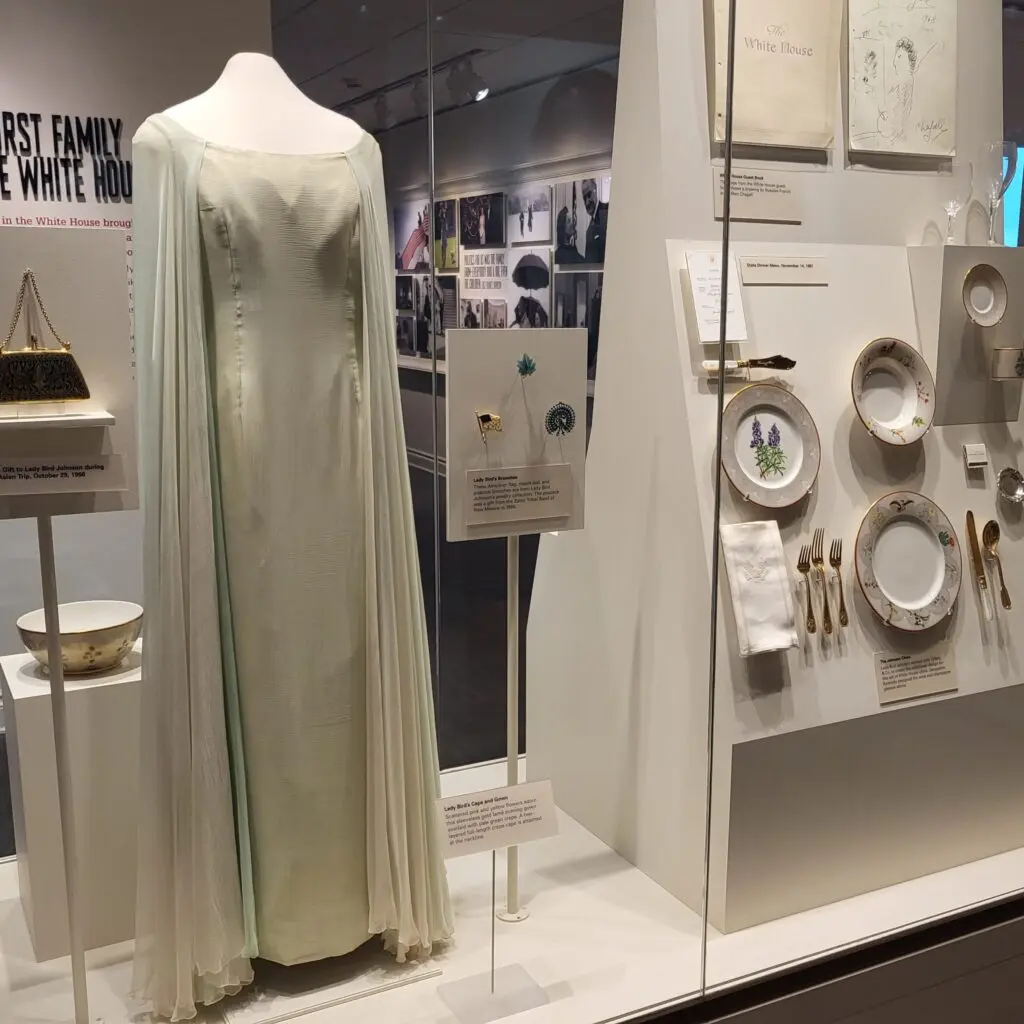
Exhibits at the LBJ Presidential Library in Austin, Texas
While libraries have well-established rules and organizational conventions for storing and retrieving items (remember the Dewey Decimal System?), the archivists we met with indicated that archives do not have set standards, in part because archival records are maintained in their original order and groupings rather than being segmented by subject matter. For example, a series of presidential phone records would be stored together, rather than being broken up into different topics and stored independently (e.g., phone calls with world leaders versus U.S. senators versus White House staff).

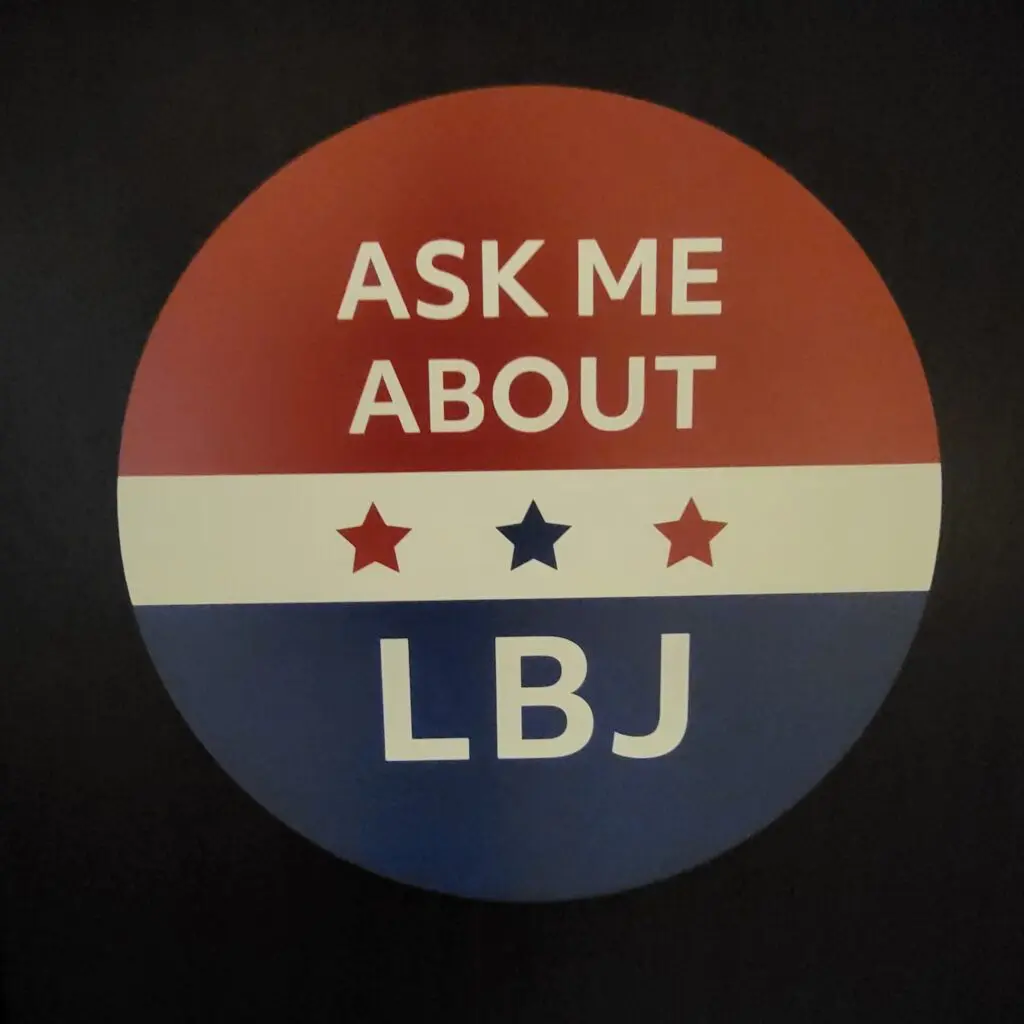
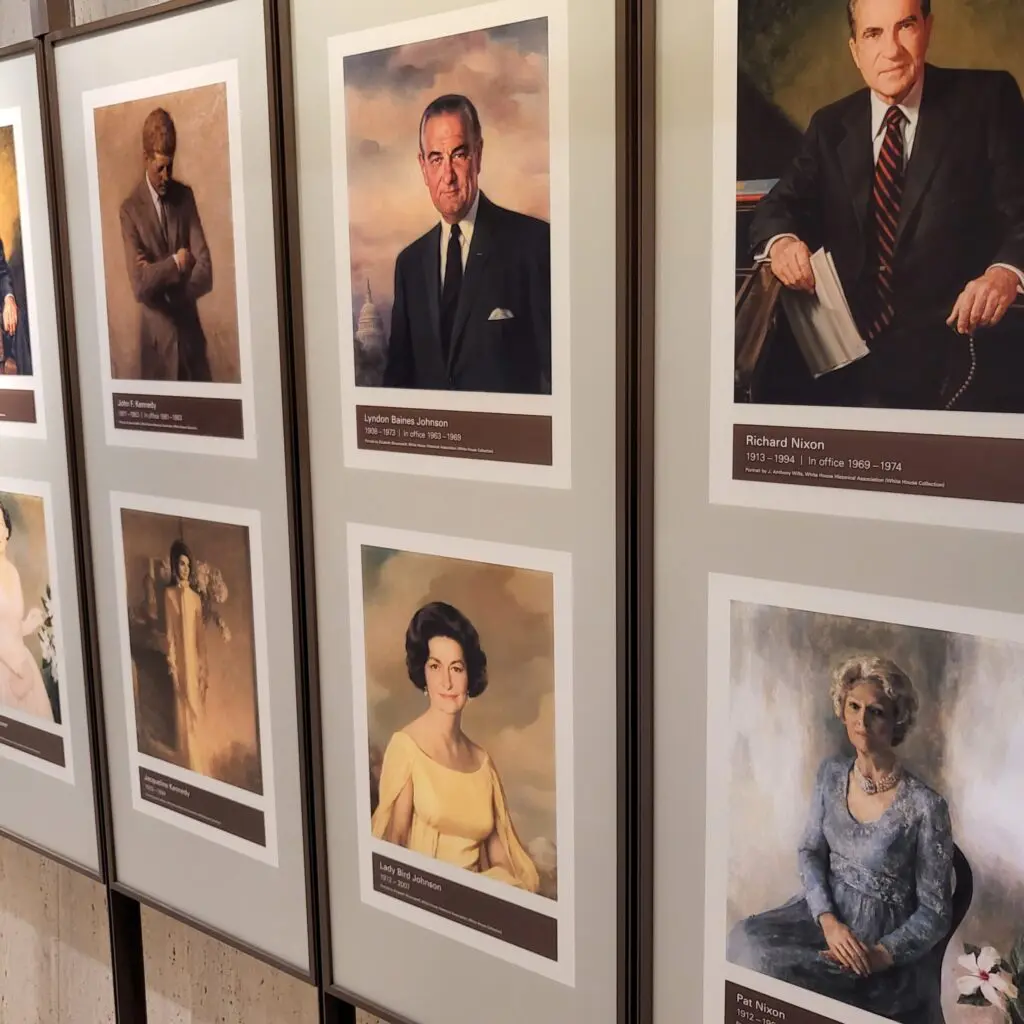
Items on display at the LBJ Presidential Library in Austin, Texas
Imagine needing to review, categorize, archive, and then retrieve on-demand hundreds of millions of physical and digital records, without following shared protocols for completing each of those steps. Then extend that challenge into the digital realm, where tagging uploaded items with the right metadata becomes essential to the search and retrieval process.
Looking High and Digging Deep
Those were some of the high-level challenges we discovered during our day-long workshop. Participants—both in-person and virtual—took us deep into the specifics of how archives—both physical and digital—operate. They defined terminology (i.e., what is a “record?”), explained taxonomies (i.e., multiple records become a series; multiple series become a collection), and diagrammed archivist workflows to fulfill customer requests.
You may be asking why website makers need to understand the minutiae of being a presidential library archivist. The answer is simple: if we understand why you do your job the way you do, we understand how to build the tools you’ll need to do it well (or better) online. In this case, we needed to understand the entirety of the archival process and current friction points experienced by internal and external users, so we could find ways to eliminate the static for everyone.
From Questions to Answers
Throughout the day’s structured listening, question/answer, and road mapping sessions, we gathered information and insights directly from the individuals best positioned to help us architect better solutions and select a robust technology stack to support them. And we came out of the day with the feedback needed to craft a 45-page strategy document that synthesizes everything we heard, learned, and now recommend into a step-by-step blueprint for progress, which we delivered back to participants.
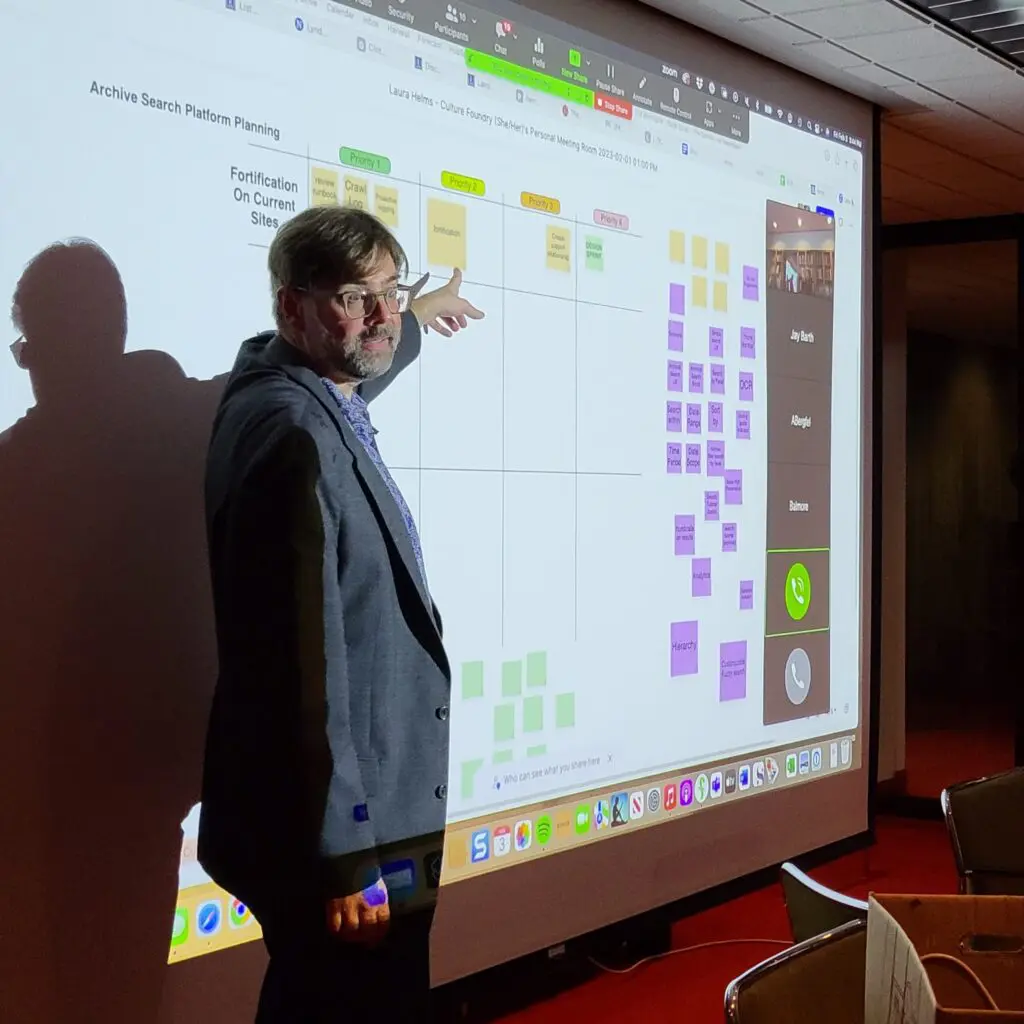


Culture Foundry CEO and lead digital strategist Hans Bjordahl addresses participants during a Wayfinding Workshop at the LBJ Presidential Library in Austin, Texas.
That Wayfinding Workshop Strategy and Road Map document can be used to direct future improvements that Culture Foundry manages, or it can be shared with another web development team down the road. While we always hope to design and implement the solutions we suggest, our Wayfinding Workshop deliverables serve as stand-alone assets to be used however they best serve our current and prospective clients.
Finding a Way Through Digital Challenges
The experience I shared with my teammates and the LBJ, Clinton Library, and NARA participants translates to any organization—any business model—with digital challenges that should be examined and understood before navigation menus and page designs come into play. How to solve a problem with beautiful technology becomes easier after you understand why it exists and why fixing it matters.
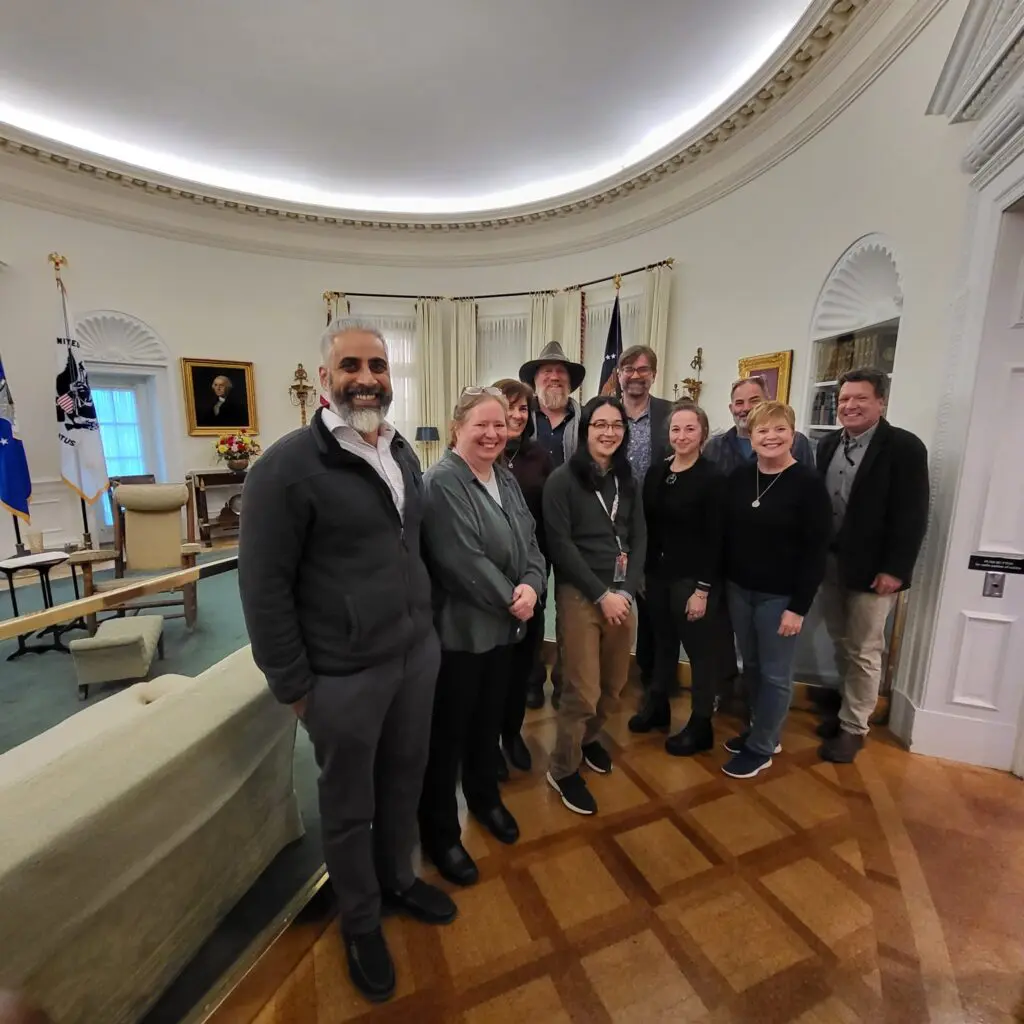
Culture Foundry and LBJ Library participants commemorate a successful conclusion to their Wayfinding Workshop with a visit to a replica version of President Johnson’s Oval Office in the LBJ Presidential Library in Austin, Texas.
And that’s what I now understand and share with prospective clients—even those on tight budgets—who know their websites need help but aren’t sure where to start. It’s easier to get where you need to go when you have a plan, and Culture Foundry’s Wayfinding Workshops are an economical way to develop that plan, while giving our team a chance to more fully understand your business needs and the people charged with addressing them.
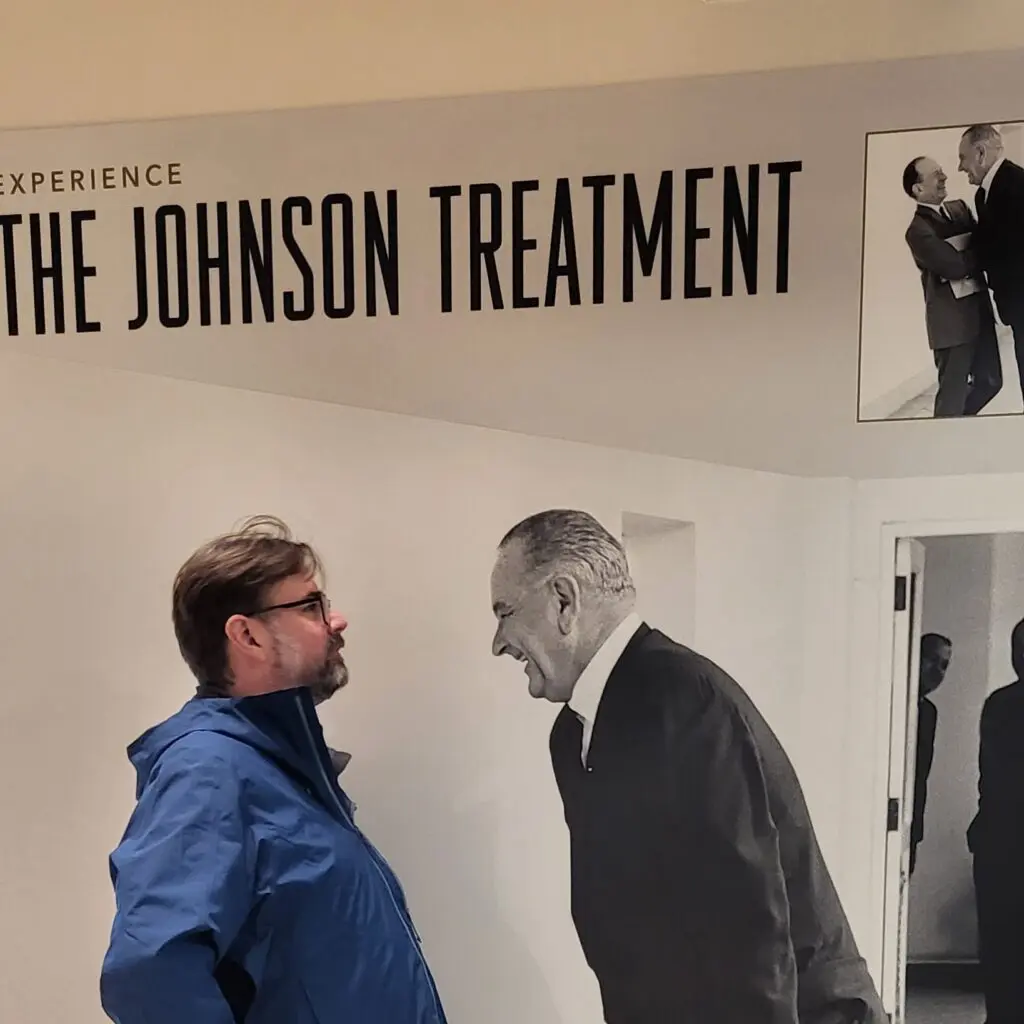
Culture Foundry CEO Hans Bjordahl experiences “the Johnson treatment” while viewing exhibits at the LBJ Presidential Library in Austin, Texas.
When asked what he took away from the Wayfinding Workshop and a chance to visit and view exhibits at the LBJ President Library, Culture Foundry CEO and lead digital strategist Hans Bjordahl said the following:
“It increased the awe. The building, the archives, the exhibits, the dedication of the LBJ / Clinton team, the people poring over original documents in the reading room…it all brought home the potential impact of what’s in front of us.
“Seeing the people in the reading room intently focused on the documents pulled from the red boxes procured by the archivists—getting their own first read of history—was frankly, a beautiful thing. It gave me a better sense of the scale and the dedication and dynamics of the team with whom we’re working.”
Need Help Finding Your Way?
If you need help finding your way through a digital challenge, we’d love to hear from you!
